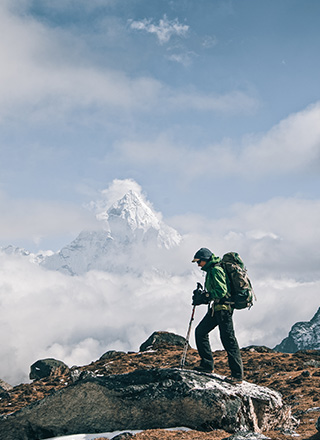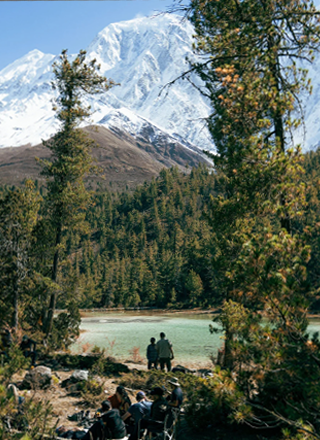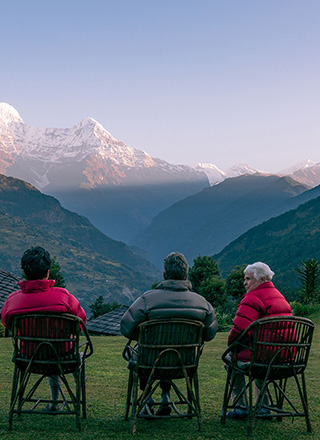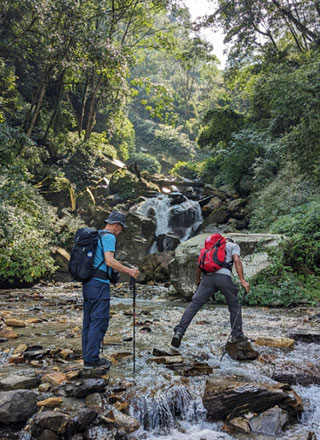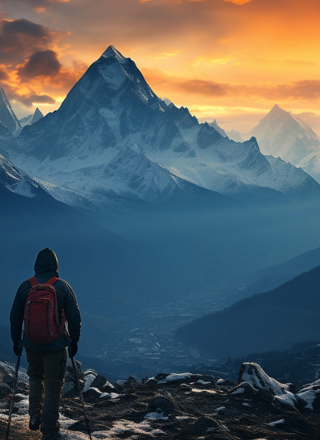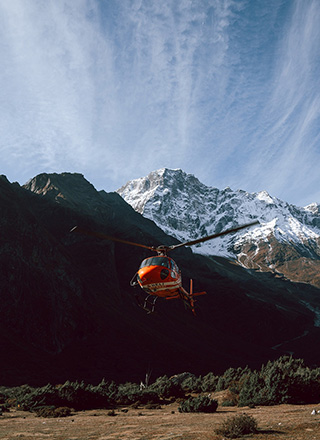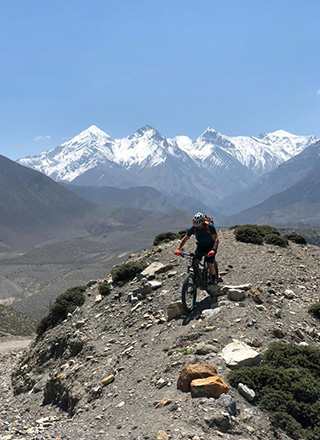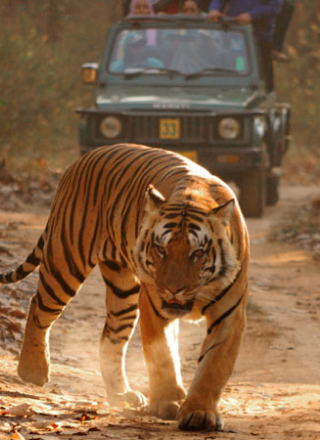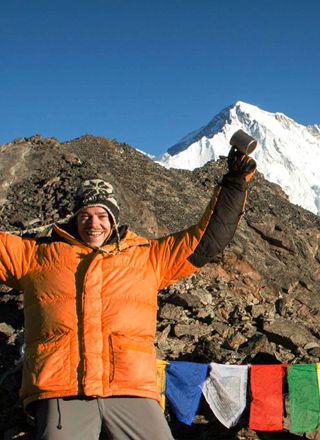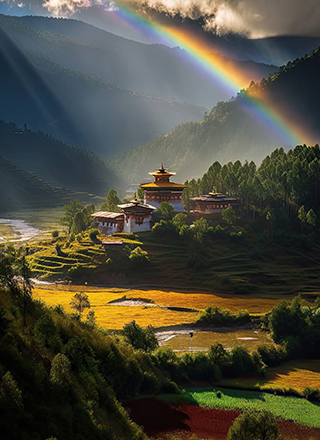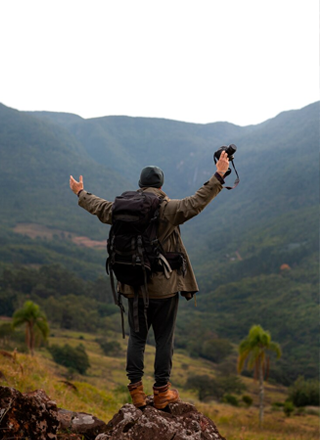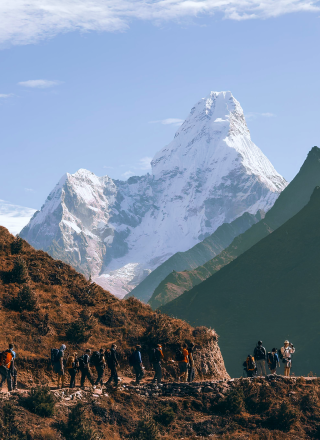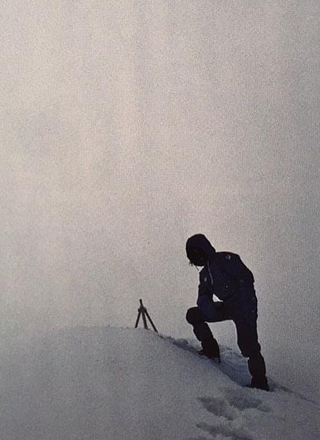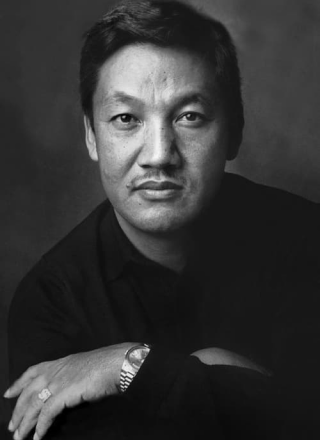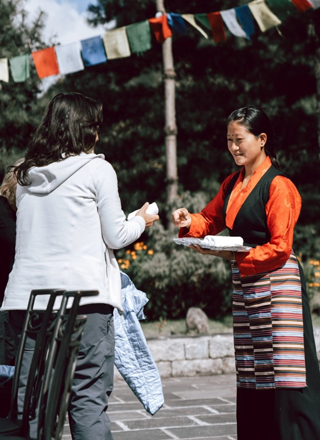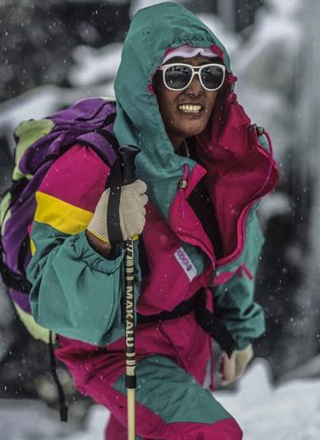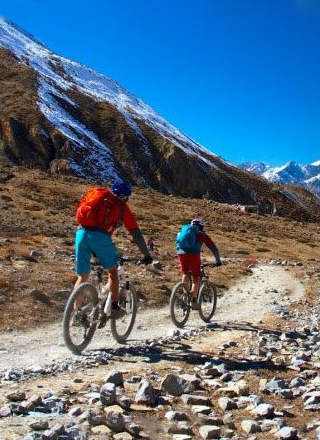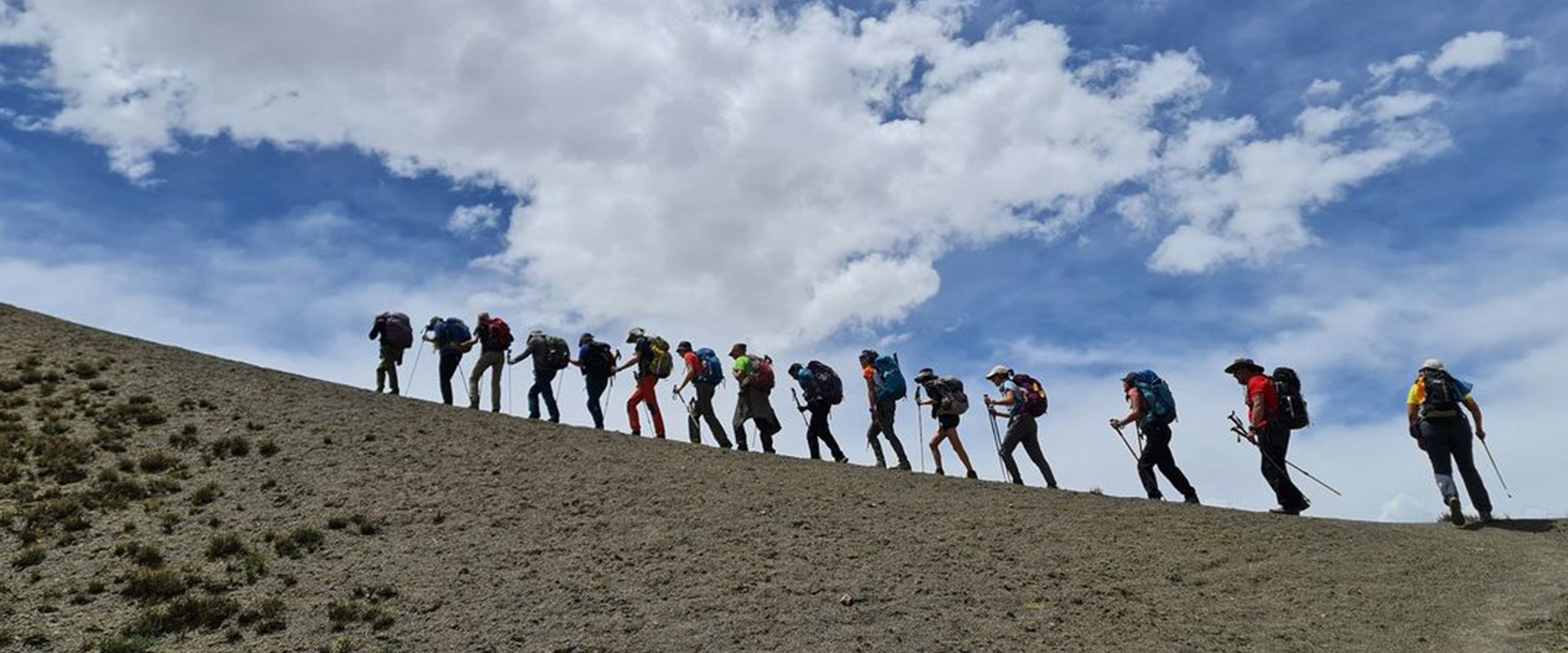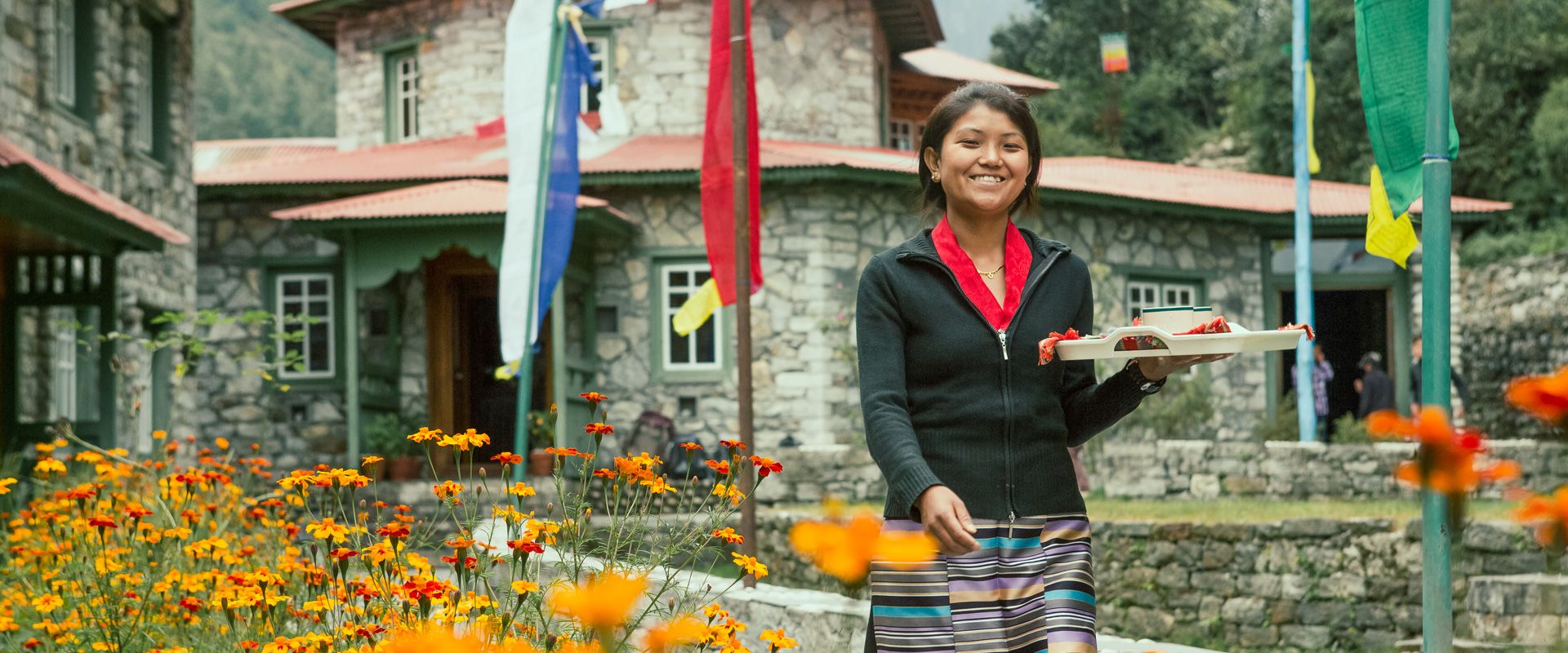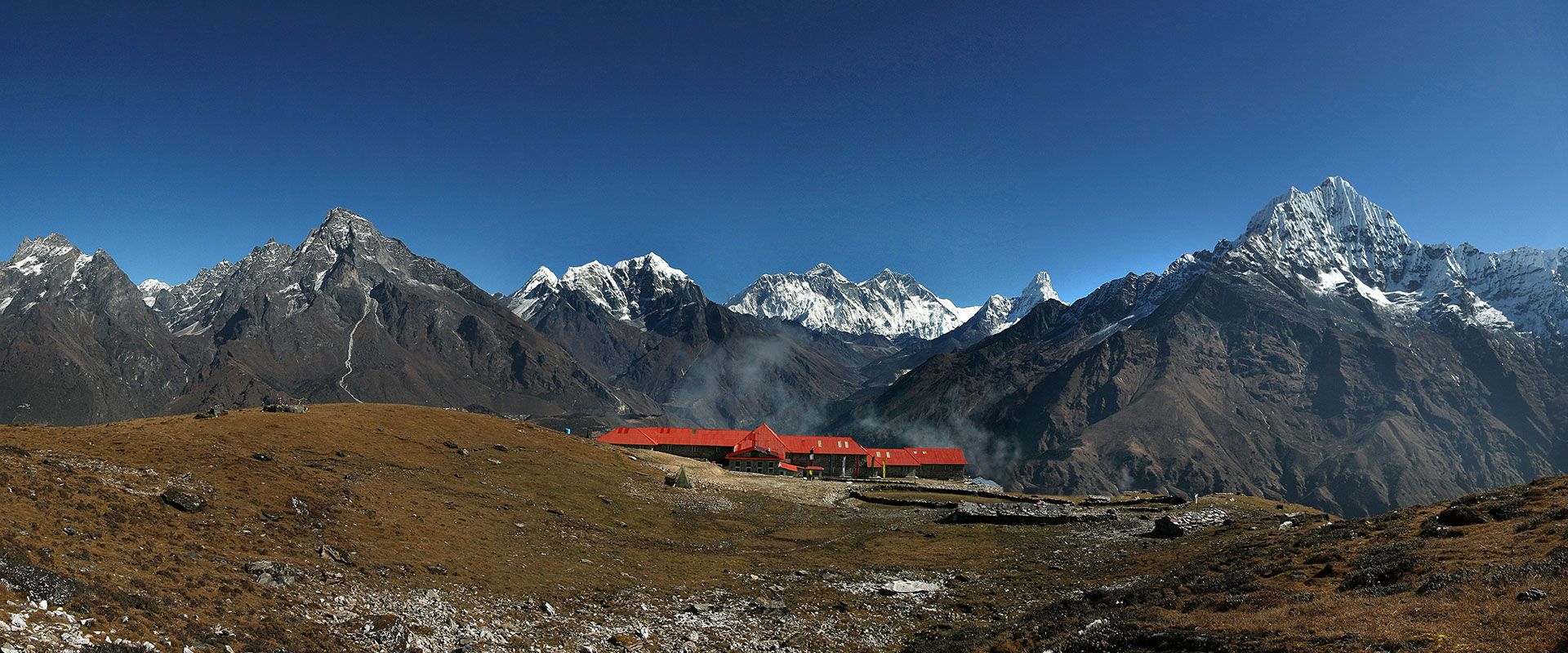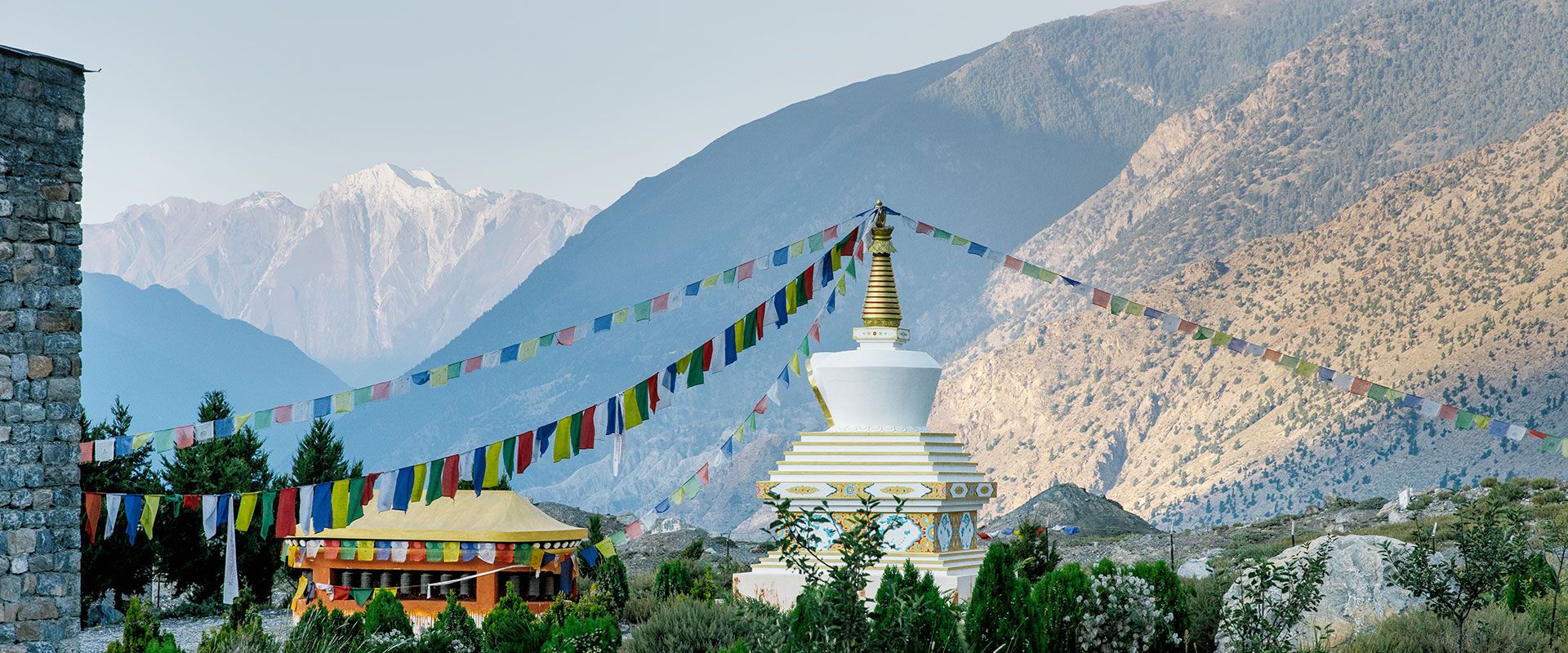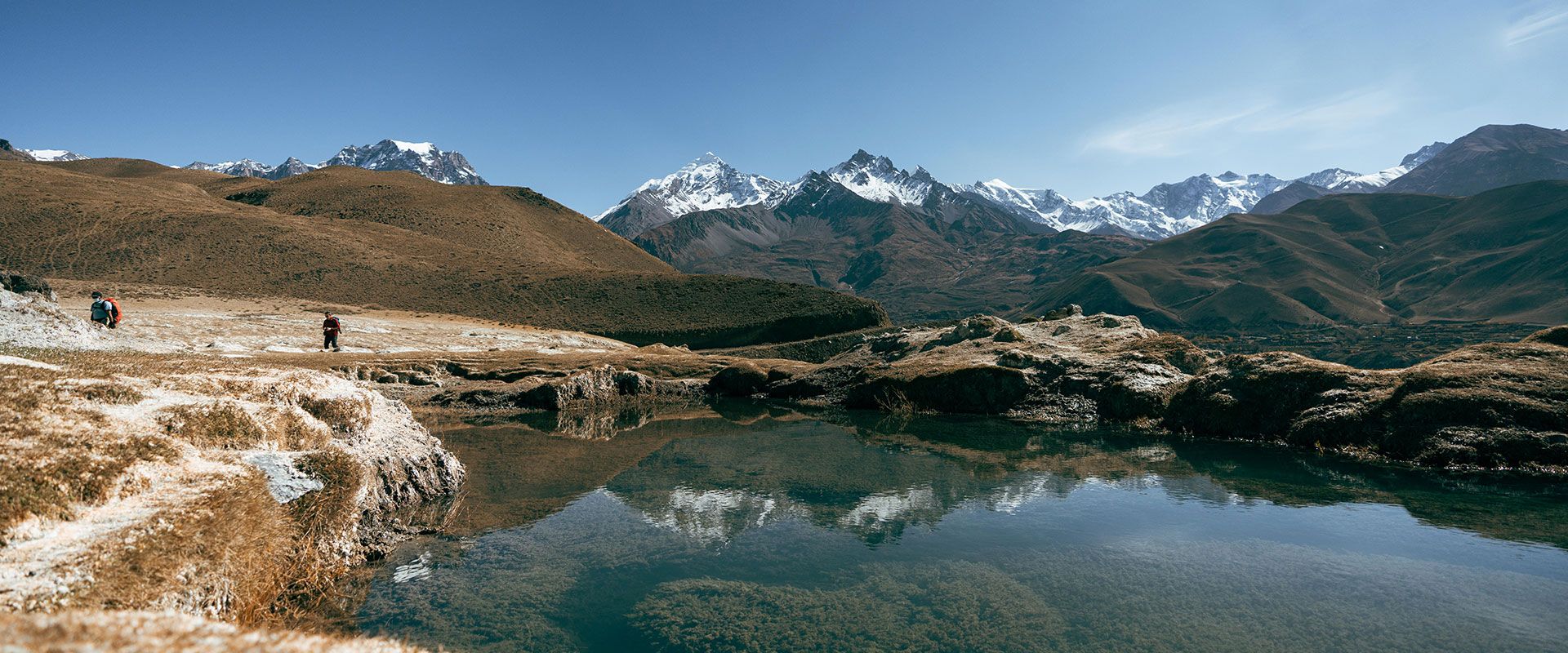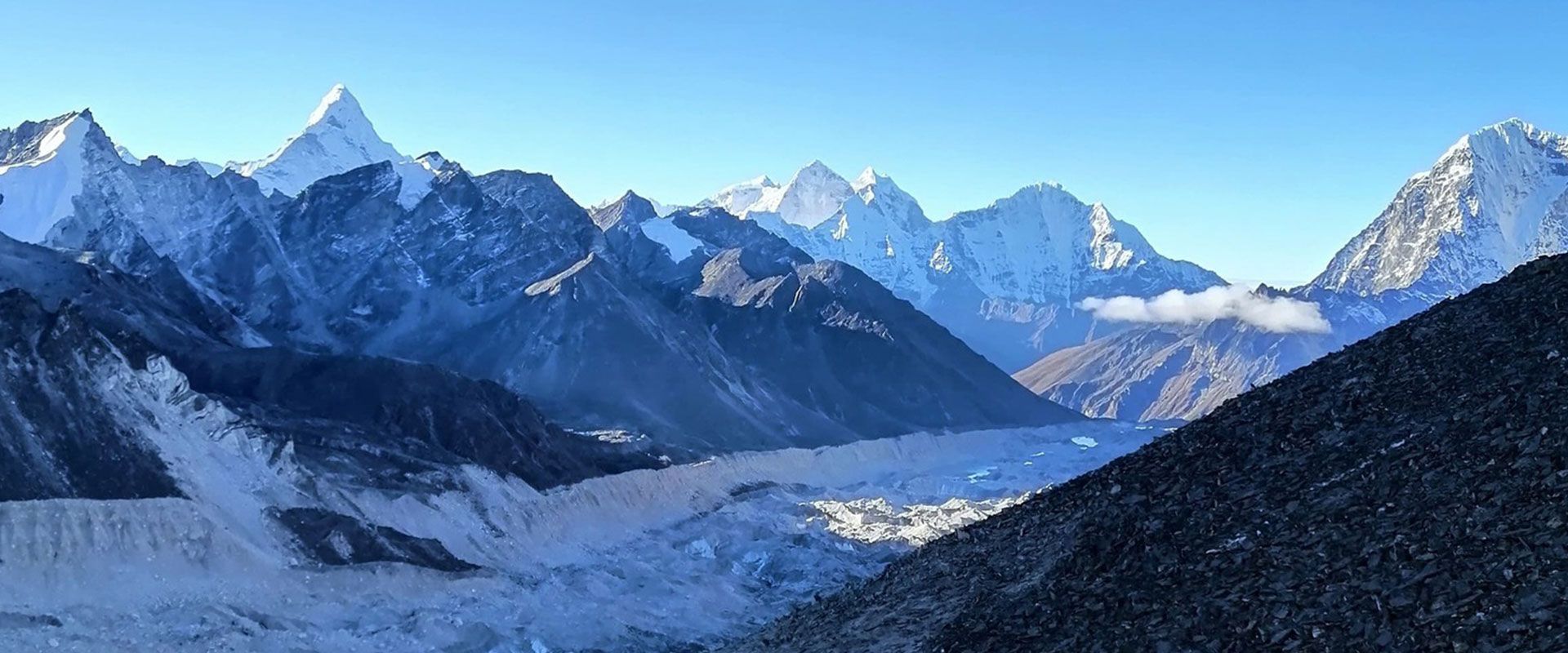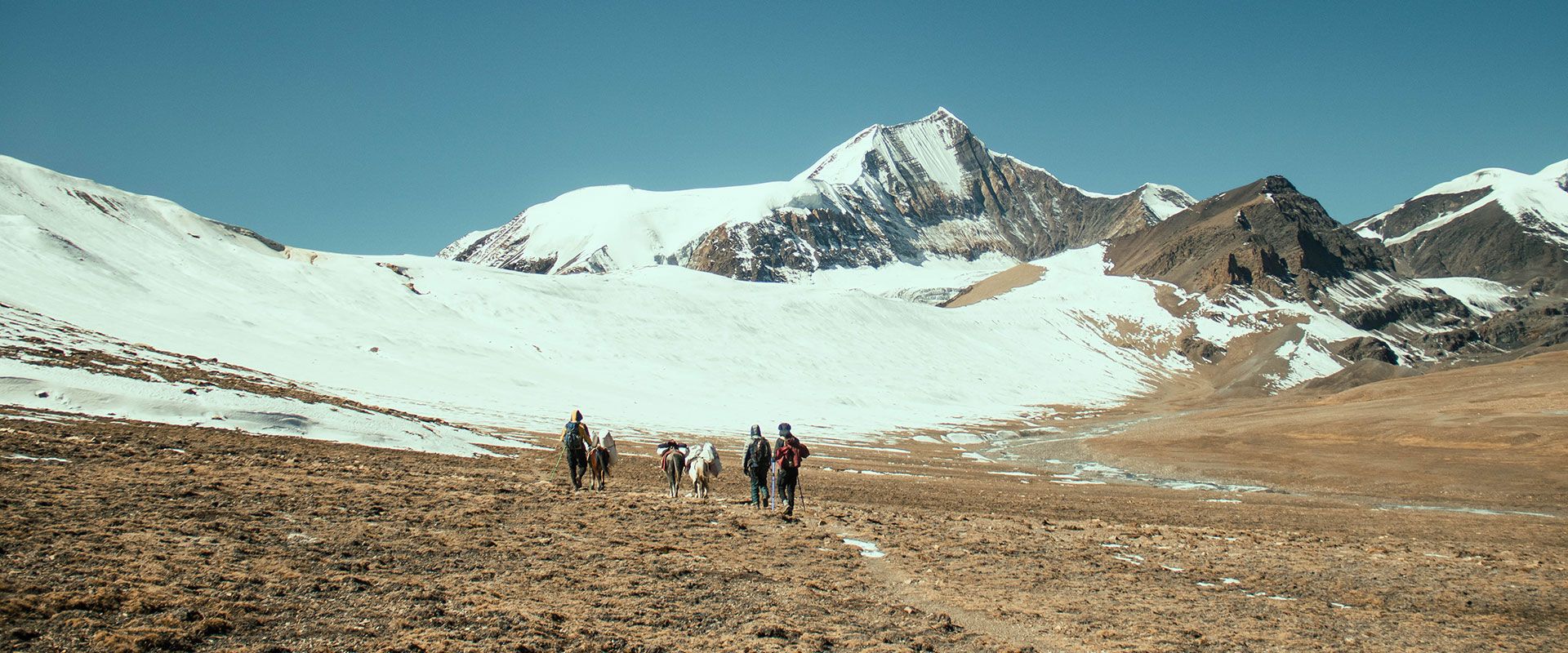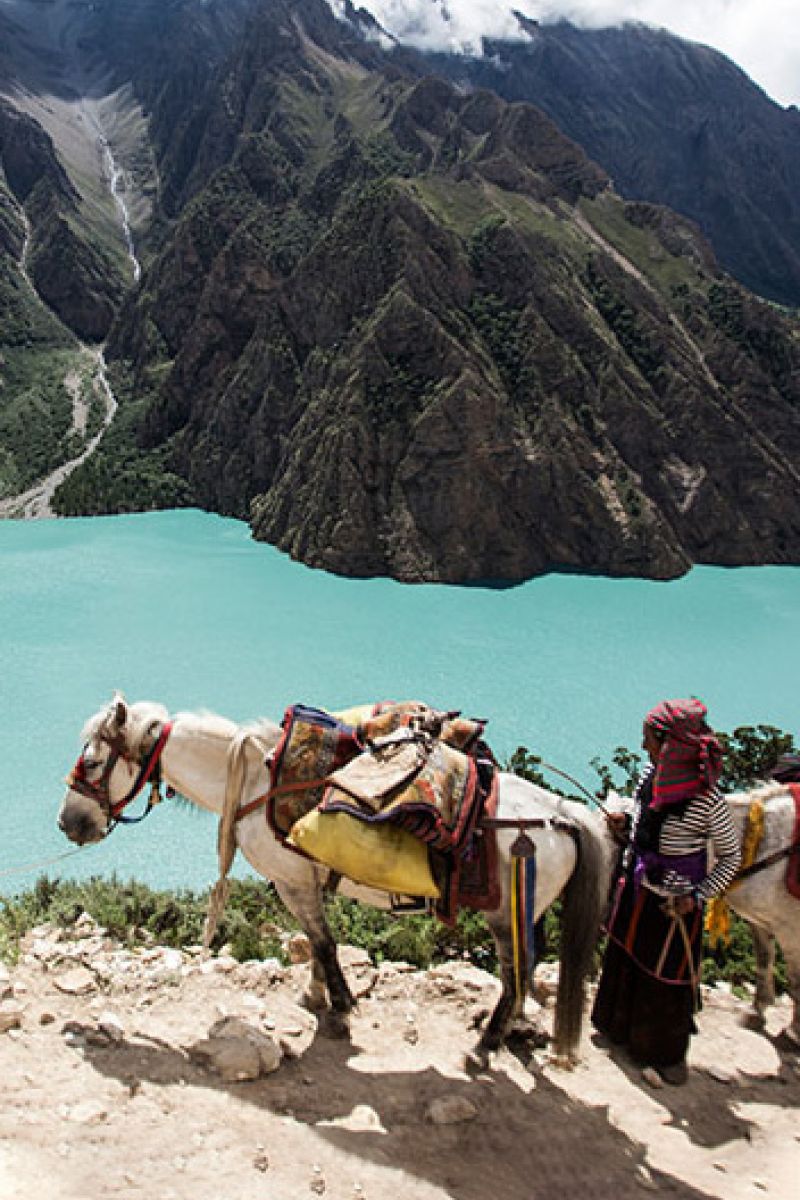- Travel Styles
- Destinations
- Signature & Charity Treks
- Special Project
- About Us
- Contact Us
20 days
19 Nights
Ganesh Himal Trek
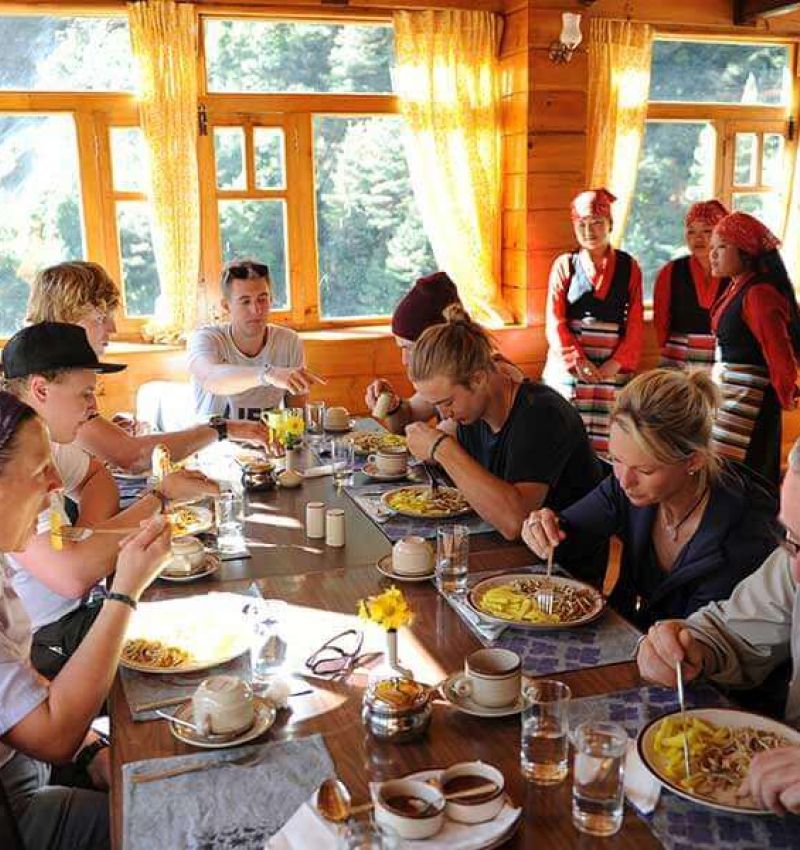
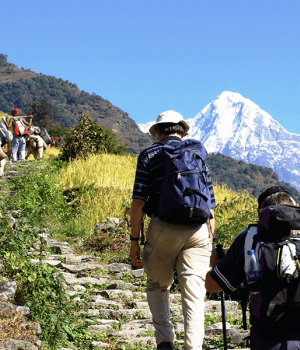
OVERVIEW
Ganesh Himal trek, panoramic views, cultural immersion
Ganesh Himal lies in the central Nepal and towards the northwest of Kathmandu. The trek to Ganesh Himal takes you through the terraced hillsides along with various ethnic groups whose traditional lifestyle can provide the travelers with an opportunity to get in touch of the rural village in Nepal.
The trek is full of panoramic views of Ganesh Himal I, II and II and encountering various cultures and traditions of the rural Nepal. Ganesh Himal is named after the mythical elephant-headed Hindu god, Ganesh.
The trek starts in Dhunche which is one of the oldest routes used for the trek. An alternative route starts from Trisuli and ending in Syabrubesi.
Trip Overview
Destination
Region:
Activity:
Max. Altitude:
Type:
Group size:
Difficulty:
Highlights
- Less tourist travel in this region making is a perfect getaway.
- Enjoy the lush vegetation as you trek along the panoramic views of Himalayas.
- Experience traditional lifestyle of people in the rural settings.
ITINERARY
TAILORED TRIP FOR YOU
Arrival in Kathmandu
Depending on your arrival time, our representative will be at the airport to receive you and transfer you to your booked hotel.
Accommodation: Gokarna Forest Resort
Free day in Kathmandu
Today is a spare day in case of flight cancellation due to weather in Jomsom / Pokhara. If you have reached Kathmandu then you do have an option to do a short sightseeing tour in and around Kathmandu at the World Heritage sights. Or if you wish you can also walk down the streets of Thamel, shopping area and buy souvenirs for your friends and relatives.
Meals: B
Accommodation: Gokarna Forest Resort
Kathmandu – Dunche (1900m)
We will be leaving Kathmandu in the early morning for Syabrubesi by bus, a village which is a starting point for treks into the Langtang valley. We will move via Trisuli bazar to Dhunche. We will witness the magnificent scene of various mountains which includes a range of Manaslu, Ganesh Himal, and other minor peaks are visible from Kakani. The way goes uphill and downhill on the bus. As the weather changes, so do the culture and the people as well. On the arrival at the Dhunche, this is the major town of the Langtang area of Rasuwa district. We will also be encountering the Headquarter of the Langtang National park office.
Meals: BLD
Dunche – Golcum besi (1700m)
The trail follows the road to Syabrubesi, crosses the Bhote Kosi and heads upstream by a path that seems to get washed out every monsoon. Then it enters the Chilime Khola Valley.
Meals: BLD
Golcum Besi – Gatlang (2430m)
The trail reaches the confluence of the Chilime and the Brindong Khola. The valley has extensive terracing and is agricultural prosperous, inhabited by Tamangs. The trail steeply climbs through terraced hillsides to Gatlang passing mani-walls.
Meals: BLD
Gatlang – Somdang (3200m)
The trail enters into forests, reaches Yuri Kharka, a small clearing, and continues through forests climbing steeply to a notch, the Kurpadanda Bhanjyang (3740m). From the ridge, there are fine views of Annapurna and Langtang. The path goes along the crest, traverses a steep hillside and descends into the pine forest to Somdang.
Meals: BLD
Rest day at Somdang.
Hike around towards Ganesh Himal.
Meals: BLD
Somdang – Tipling (2790m)
The trail ascends through yak pastures the Pangsang La (3800m). From the pass, there are fine views of Langtang, Manaslu and Ganesh Himal.
Meals: BLD
Tipling – Chalise (1400m)
The trail descends towards the Bhahil Khola, crosses it for reaching Chalise.
Meals: BLD
Chalise – Hindung (2400m)
The trail climbs through rice terrace fields up to a pass, makes a descent then climbs again steeply to the camp.
Meals: BLD
Hindung – Thulo Dhunga (3250m)
The trail starts by a descent then climbs up a ridge through rhododendron forests.
Meals: BLD
Thulo Dhunga – Deurali (3800m)
The trail ascends up to the pass where there are fine views of Ganesh Himal.
Meals: BLD
Rest day at Deurali.
Hike around at 4200m.
Deurali – Chalise (1400m)
Back to Chalise by the same way.
Meals: BLD
Chalise – Tsapsung khola (1350m)
The trail goes through an intensive terraced fields area, ascends to a stupa at 1700m, crosses an impetuous stream and reaches our camp alongside a river.
Meals: BLD
Tsapsung khola – Kuri (1600m)
We leave the Ganesh Himal behind us, crossing several Tamang villages.
The trail makes a gentle ascent than a long descent to the Brug Donji Khola before reclimbing to Kuri.
Meals: BLD
Kuri – Camp (1850m)
The trail goes towards the Trisuli, climbing the last pass which provides the last views of Ganesh Himal and Annapurnas.
Meals: BLD
Camp – Trisuli (650m)
A long descent towards Trisuli where we will have lunch. After lunch, we visit Trisuli Bazar, the dam.
Meals: BLD
Driveback to Kathmandu
We will return to the capital for one last taste of Kathmandu city life via bus.
Meals: BLD
Accommodation: Gokarna Forest Resort
Final departure
Depending on your flight time you will be transferred to the airport. The airport checks in is 3 hours prior to the departure time and the hotel checkout time is 12 PM.
Included
- 3 nights Gokarna Resort as per program on Bed & Breakfast basis
- 1 day full sightseeing with sightseeing guide
- 6 nights Yeti Mountain Home as per program on Full Board (Breakfast, Lunch & Dinner)
- 5 nights Local Lodge as per program on Full Board
- Flight: KTM-Lukla-KTM (Regular Flight) with airport taxes
- Helicopter Shuttle: Lobuche to Lukla
- Everest National Park Fees & TIMS Permit Fee
- 1 English Speaking Guide (from Kathmandu)
- 1 porter for every 2 members
- All staffs insurance & daily wages
- All Airport transfers
Not Included
- Lunch & Dinner in Kathmandu
- Personal Equipment & Insurance
- Personal Expenses (Battery recharge on local lodge, laundry, telephone, etc)
- Nepal Visa fee US $40 per person
- Emergency Evacuation if required
- Other personal Expenses
- Tips for Staffs
ACCOMMODATIONS
WHERE YOU WILL STAY
This tour spends four nights in a hotel in Kathmandu, fourteen nights on trek in lodges (tea houses) and two nights on trek full-service camping.
In Kathmandu we usually stay at the Hotel Royal Singi, located within walking distance of the Thamel district. All rooms have en suite facilities and there is a restaurant, a bar and an outdoor courtyard. There is an Exodus desk in the hotel reception area and an Exodus representative will usually be available daily in the mornings and evenings.
On the trek we will stay in tea houses for the most part. Some days there may be no tea house at lunchtimes – on these days we carry a packed lunch. The tea houses are basic but adequate please be realistic about what to expect in the mountains. We ask that you read our Nepal Destination Guide for further details about the lodge facilities.
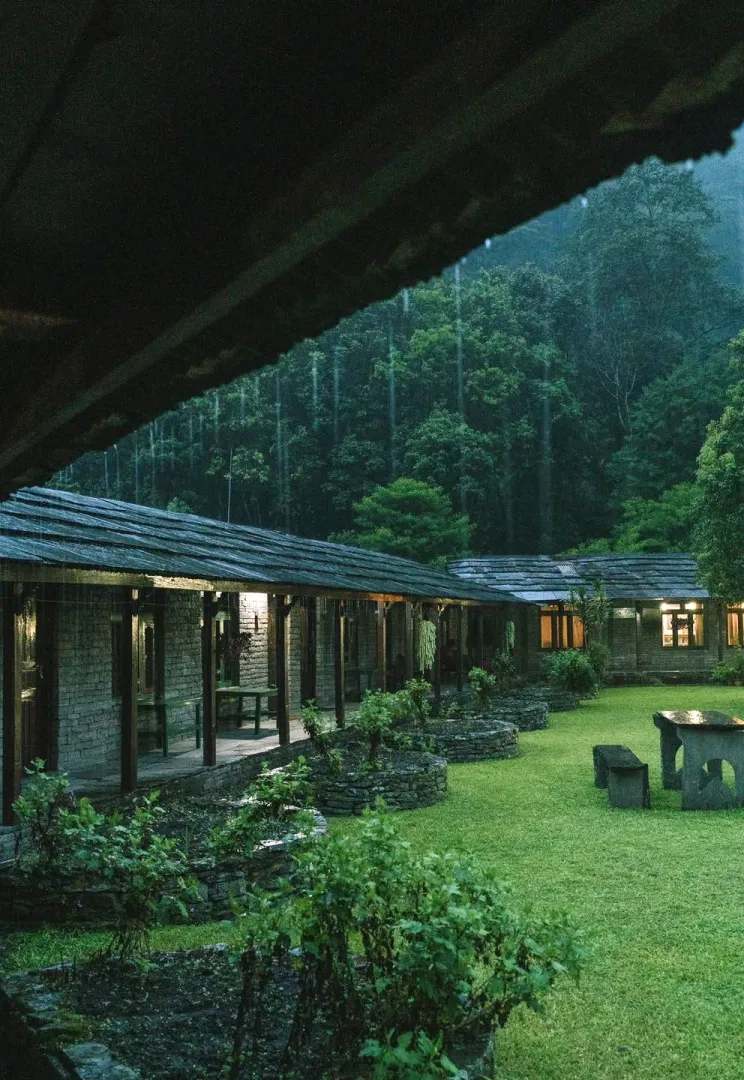
FAQs
ESSENTIAL INFO
adventure that speaks to your heart.
Most nationalities require a visa for Nepal, which can be obtained in advance or on entry. If you wish to apply before departure the current visa cost is £20 for a 15 day visa and £35 for a 30 day visa for UK passport holders. The current cost of a visa on arrival is US $25 for 15 days, US $40 for 30 days or if extending your stay $100 for 90 days. All are multiple entry. The visa on arrival fee can be paid for in cash in US Dollars, Pounds Sterling or Euros. You will also need a passport photo. Application forms are available in the immigration hall (or for electronic passports there are visa registration machines which, after inserting your passport, automatically fill out a form for you). You must firstly join the queue to pay the visa fee, and then go to the relevant immigration desk to obtain your 15, 30 or 90 day visa stamp. There can be long queues for visas on arrival.
Non UK nationals should check requirements with their nearest embassy (a few nationalities are not permitted visas on arrival).
There are no mandatory vaccination requirements. Recommended vaccinations are: Polio, Tetanus, Diphtheria, Typhoid, Hepatitis A. The risk of malaria is present in certain regions only (such as Chitwan); you may wish to consult your GP or travel health clinic for further advice. Dengue fever is a known risk in places visited. It is a tropical viral disease spread by daytime biting mosquitoes. There is currently no vaccine or prophylaxis available for Dengue, and therefore the best form of prevention is to avoid being bitten. We recommend you take the usual precautions to avoid mosquito bites. Most of our trips to Nepal go to high altitudes where there is a risk of being affected by Acute Mountain Sickness. Our itineraries are designed to enable everyone to acclimatise to these altitudes, but you should be aware that it is still possible for you to be affected. Please refer to the TRIP NOTES for complete advice on AMS.
Breakfast is included throughout the trip and all meals are provided while camping (all breakfasts, 3 lunches and 2 dinners).
Breakfast is included throughout the trip and all meals are provided while camping. On trek the breakfast will be a set menu usually consisting of porridge and toast. Any additional items that are not included in the set menu should be ordered and paid for separately. We do not include lunch and dinner in the tea-houses, allowing you to choose what you want to eat and when. Although most lodges have almost identical menus, they are reasonably extensive and offer a varied selection, ranging from traditional Nepalese dal bhat to pizza and apple pie.
Although meat is available in the tea houses, we advise against eating it on trek. The meat has often been carried in the heat from lower altitudes for several days before reaching the lodges, and can cause stomach upsets or illness. Germs can also be spread by handling dirty money – we recommend using hand sanitiser.
If you buy imported food and drink whilst on trek you will spend more than the suggested amount.
Drinking Water
Staying hydrated is important when undertaking any physical activity but particularly so at altitude where it is generally recommended to drink at least 3-4 litres per person per day.
We strongly encourage you not to buy bottled water on trek as this contributes to the growing problem of plastic pollution in Nepal’s trekking areas.
All tea houses will provide cold water free of charge, if requested. Although this should not be drunk untreated, we recommend that you bring a reusable bottle with a wide opening (Nalgene or similar) with you and use a SteriPEN to treat it with. A SteriPEN is a handheld UV water purifier – small, lightweight and battery powered so easy to pack for a trek. In Nepal’s trekking regions most of the bottled water isn’t strictly ‘mineral water’ anyway but is UV treated, so it’s exactly the same technology. It’s quick to use, far more effective than purification tablets, and the water is ready immediately. It’s fine to use a SteriPEN on non-boiled water so long as it isn’t cloudy or full of sediment (which is uncommon in these regions).
SteriPENs are widely stocked on Amazon, outdoor shops and other online retailers; look for the latest models but avoid USB charging ones. Better still, a SteriPEN will pay for itself over the course of the trek and you won’t leave behind a single plastic bottle – you will end up spending the same or even less than you would on bottled water, plus you can keep it for future trips.
If you prefer not to invest in a SteriPEN, the tea houses also sell boiled water for approx. Rs150-300 per litre (the price increases the higher you trek) which should not require treating. This is also perfect for a bedtime refill as it can double up as a hot water bottle.
While camping boiled water is supplied for drinking.
The main trekking season in Nepal is from October to mid-May when daytime temperatures at most altitudes are generally comfortable for walking, the sky is clear much of the time and rain and snow are occasional occurrences. Daytime temperatures will vary from 15ºC to 35ºC in the Kathmandu Valley to around 10ºC at 3,600m and progressively lower the higher we go.
Different seasons offer different advantages for trekking.
Post Monsoon/autumn: Mid-September to November. This is the main trekking season in Nepal. Day temperatures in Kathmandu are approximately above 20ºC. Skies are usually clear and days on trek are sunny and mild with clear mountain views. At the highest altitudes although the days can be nice and sunny the temperatures can drop to 10ºC and much lower. Nights will be colder with temperatures dropping as low as minus 10ºC and lower at the highest altitudes.
Pre-monsoon/spring: March to May. Both day and night temperatures will be warmer in general but haze will often build up in the afternoons. It is very hot in the lowlands and temperatures rise to 35ºC in Kathmandu. Flowers bloom in this season and this is one of the reasons people chose to trek in spring.
Snow can be expected on any departure, usually at the higher altitudes. Summit day will be a very early start (usually about 2am) and will be extremely cold. Although mostly it is calm and clear on summit day the mountain does occasionally get high winds. You need to be equipped for temperatures as low as minus 25ºC plus wind chill on summit day.
Please remember that in any mountain area the weather is never wholly predictable and you should be prepared and equipped to deal with any differences in weather beyond the conditions described above.
ESSENTIALS
EQUIPMENT CHECKLIST
Ensure you have all the essentials to make your trip
safe and enjoyable.
Body Wear
- Gore Tex Jacket
- Gore Tex Pant
- Hiking pant
- Fleece trouser and jacket or warm jumper – Recommended not thick but warm enough that fits inside the Gore Tex pant
- Anti-sweat T-shirtEarmuffs/Ear warmers (optional)
- Thermal inner trouser
- Down jacket with hoodie
- Thermal inner trouser
- Down jacket with hoodie
Head Wear
- Sun Hat/Normal cap
- Fleece or woolen hat
- Earmuffs/Ear warmers (optional)
- Sunglasses with UV protection
- Buff Scarf / thin face mask
Hand wear
- Fleece or woolen thin gloves
- Expedition shell gloves
- Gore Tex mitten gloves
Other Equipments
- Sleeping bag (comfort rated – 15ºC)
- 30 Litre Rucksack with cover
- Large size Duffel Bag with padlock
- Headlamp with spare batteries
- Water bottles 1 Litre X 2
- Thermos
- Basic First Aid Kit including: antiseptic cream, throat lozenges, diarrhea treatment (Imodium), altitude (Diamox), painkillers, plasters and blister treatment, insect repellent, and re-hydration salts (Dioralite). Glucose tablets and multi-vitamin tablets are also a good idea.
Washing kit & Toiletries
- Waterproof washing kit bag
- Towel – medium size
- Washing soap, towel, tooth pest, tooth brush etc.
- Sun Lotion Enough +30SPF (including total bloc for lips, nose etc.)
- Hand wash & sanitizer
- Toilet paper (you can buy this in the lodges)
- Wet tissue
Foot Wear
- Trekking boots
- Hollow Out Outdoor Slipper
- Trekking socks (4-5 pair)
- Snow Gaiter
Optional Items
- Trekking poles
- Trainers or similar for use in the lodges
- Shorts
- Base layer leggings
- Gaiter
- Sleeping bag liner
- Pillowcase
- Ear plugs (particularly if you are not the one snoring)
- Travel clothes
- Camera
- Pen-knife (remember to pack sharp objects in hold baggage)
- Repair kit – (egg. needle, thread, duct tape)
“Six out of Six”
Yeti Mountain Home Thame was the third of six Yeti Mountain Homes we stayed in. Loved the ambiance. Loved the village. A huge bedroom. Once again – brilliant food and warm welcoming staff. The decor was stunning and the house arrangement interesting.
LOIS OMAN

“Six out of Six”
Yeti Mountain Home Thame was the third of six Yeti Mountain Homes we stayed in. Loved the ambiance. Loved the village. A huge bedroom. Once again – brilliant food and warm welcoming staff. The decor was stunning and the house arrangement interesting.
LOIS OMAN

“Six out of Six”
Yeti Mountain Home Thame was the third of six Yeti Mountain Homes we stayed in. Loved the ambiance. Loved the village. A huge bedroom. Once again – brilliant food and warm welcoming staff. The decor was stunning and the house arrangement interesting.
LOIS OMAN

FEATURED JOURNEYS
ALSO SEE THESE TRIPS
We have handpicked some of our favourite iconic Nepal trips we think you will love.
ENQUIRY
CONTACT OUR TRAVEL EXPERTS
within 24 hours.
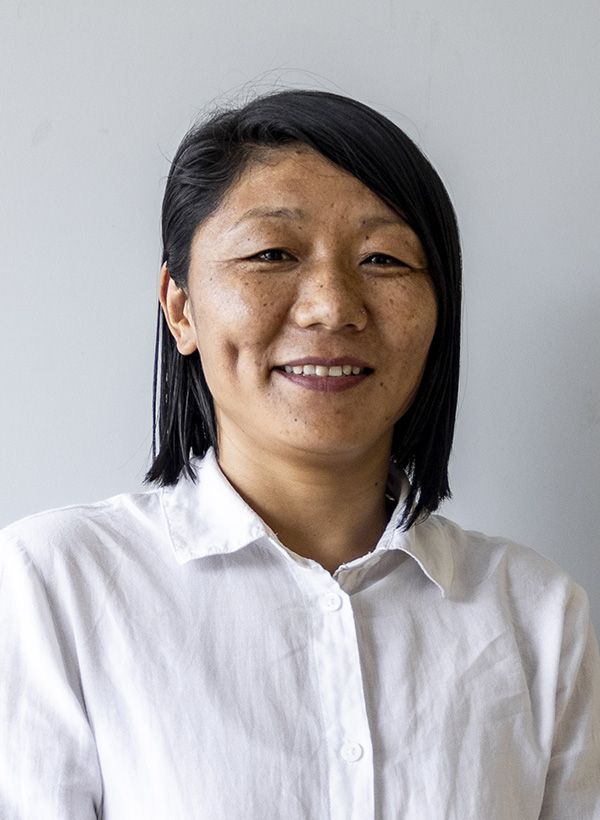
NIRMALA GURUNG 
+977 9801223978
nirmala@thamserku.com
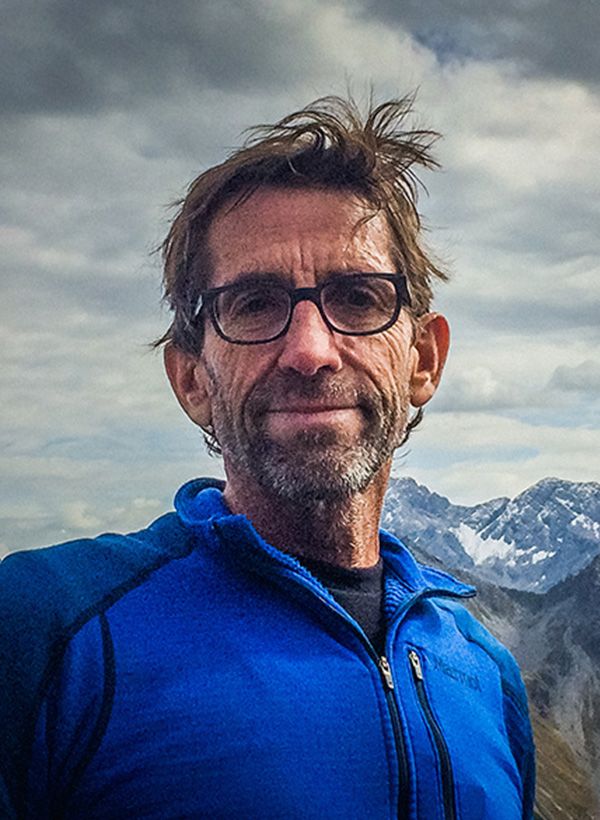
MICHAEL SCHOTT 


+49 174 9755492
m-schott@neumann-grafik.de
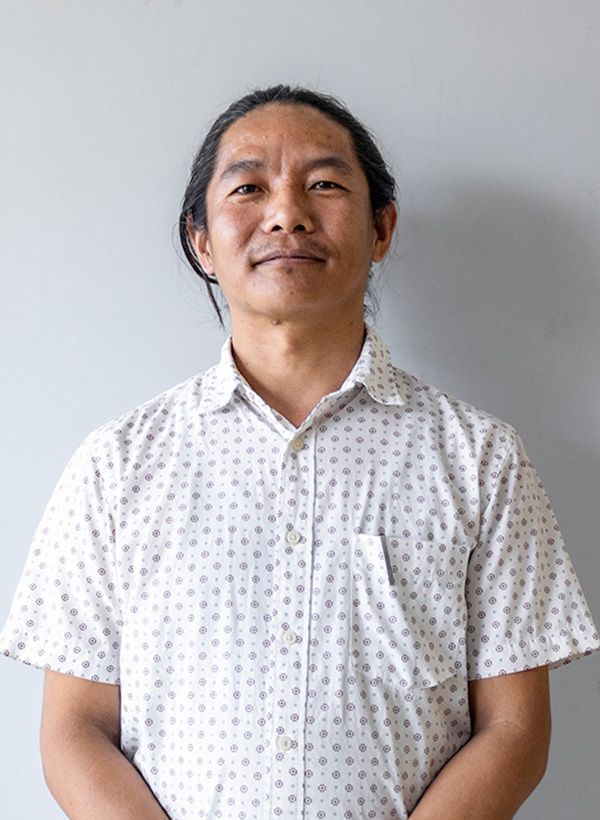
KUMAR RAI 
+977-9801236280
kumar@thamserkutrekking.com
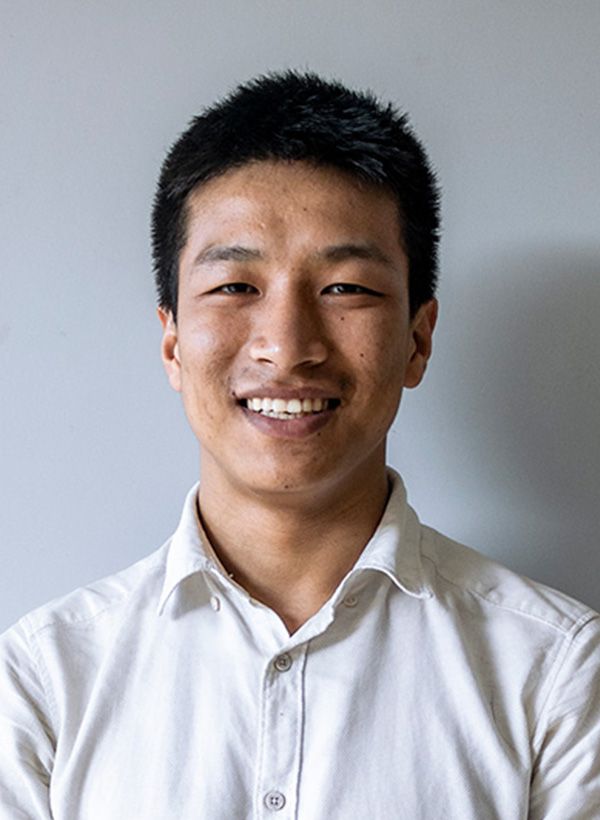
NIMTE SHERPA 
+977-9801223977
info@thamserkutrekking.com
BOOK YOUR TRIP BOOK YOUR TRIP BOOK YOUR TRIP BOOK YOUR TRIP BOOK YOUR TRIP BOOK YOUR TRIP BOOK YOUR TRIP BOOK YOUR TRIP BOOK YOUR TRIP BOOK YOUR TRIP BOOK YOUR TRIP BOOK YOUR TRIP BOOK YOUR TRIP BOOK YOUR TRIP BOOK YOUR TRIP BOOK YOUR TRIP BOOK YOUR TRIP BOOK YOUR TRIP BOOK YOUR TRIP BOOK YOUR TRIP BOOK YOUR TRIP BOOK YOUR TRIP BOOK YOUR TRIP BOOK YOUR TRIP BOOK YOUR TRIP BOOK YOUR TRIP BOOK YOUR TRIP BOOK YOUR TRIP BOOK YOUR TRIP BOOK YOUR TRIP BOOK YOUR TRIP BOOK YOUR TRIP BOOK YOUR TRIP BOOK YOUR TRIP BOOK YOUR TRIP BOOK YOUR TRIP BOOK YOUR TRIP BOOK YOUR TRIP BOOK YOUR TRIP BOOK YOUR TRIP BOOK YOUR TRIP BOOK YOUR TRIP
